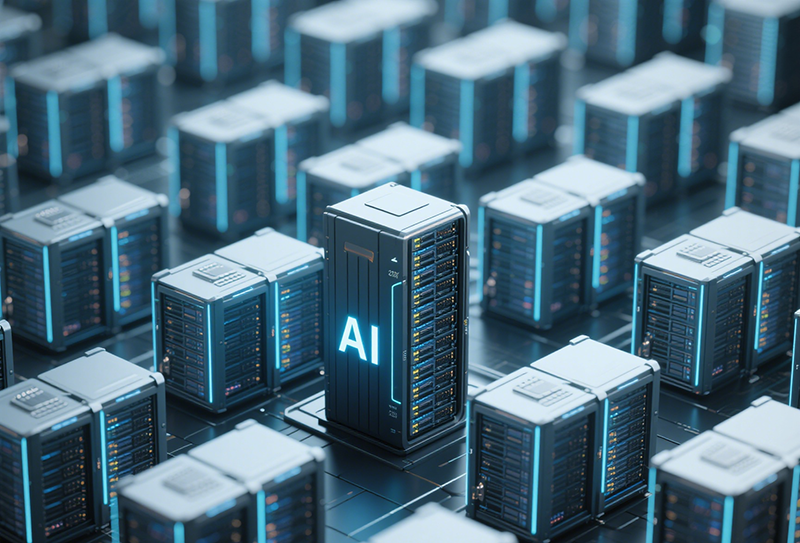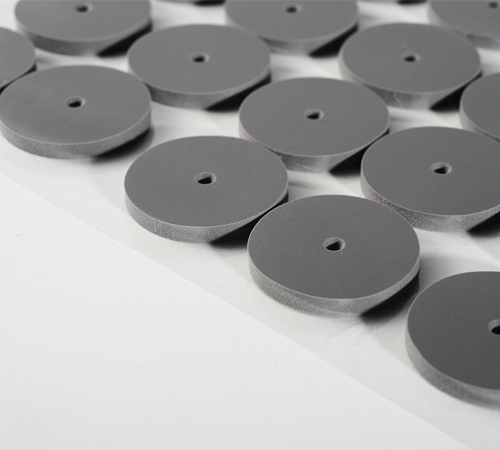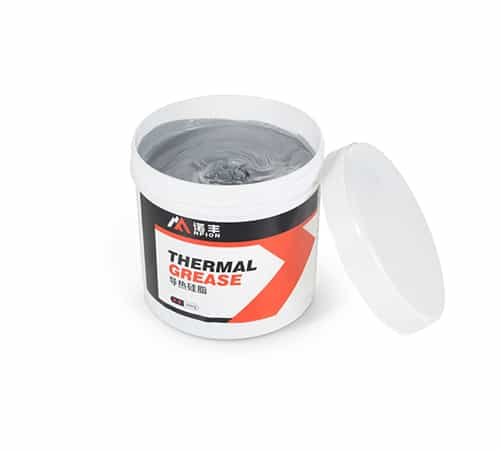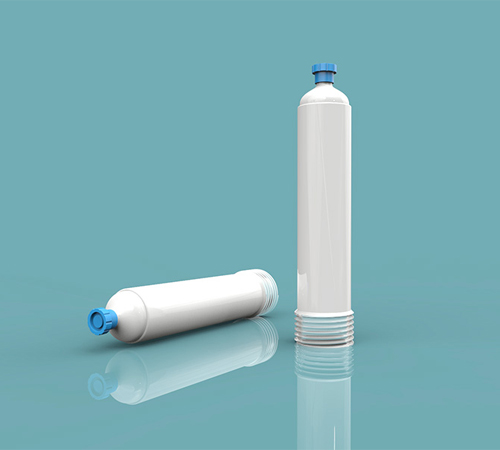
Performance Degradation and Shortened Lifespan of Electronic Components: High temperatures accelerate the aging of semiconductor materials, leading to electromigration and decreased transistor performance, ultimately manifesting as reduced computing performance, unstable operation, and even complete failure. For example, CPUs and GPUs operating under high temperatures for extended periods may have their clock speeds limited, significantly reducing computing efficiency while substantially increasing failure rates.
Damage to Circuit Boards and Connectors: Excessive temperatures can cause thermal expansion and contraction of printed circuit boards (PCBs), leading to solder joint cracking and circuit breaks, thereby causing communication failures or even short circuits between components. Connectors may also deform or oxidize at high temperatures, resulting in poor contact.
Risk of Data Loss in Storage Devices: Solid-state drives and other storage devices are very sensitive to temperature. High temperatures not only reduce their read and write speeds but, more seriously, can lead to data corruption or loss, which would have disastrous consequences for AI applications that rely on large amounts of data.
System Crashes and Downtime: To protect critical components from overheating damage, servers typically have built-in over-temperature protection mechanisms. When the temperature reaches a critical threshold, the system may automatically reduce frequency, force shutdown, or even crash, leading to the interruption of AI tasks and service unavailability.
Calculation Errors and Reduced Precision: In high-temperature environments, the electrical characteristics of electronic components can drift, potentially leading to errors during calculations. Especially for AI model training that requires high-precision computing, the accumulation of minor errors can significantly degrade model performance or even cause it to fail.
Hardware Repair and Replacement Costs: Hardware failures caused by high temperatures will increase the frequency of server repairs and replacements, directly increasing hardware maintenance costs.
Increased Energy Consumption: To cope with high temperatures, data centers typically need to increase air conditioning cooling, leading to a significant increase in energy consumption and a corresponding rise in operating expenses.
Increased Labor Maintenance Costs: Troubleshooting and replacing failed servers require significant human resources, increasing the workload of the operations and maintenance team.
Optimize Hardware Design: Cooling requirements should be fully considered during the server design phase, such as using more efficient heat dissipation materials, optimizing airflow design, and rationally arranging heat-generating components.
Adopt Advanced Cooling Technologies:
Air Cooling: Using high-performance fans and optimized airflow management to exhaust heat from inside the server.
Liquid Cooling: Utilizing liquid as a heat transfer medium, which has higher cooling efficiency and quieter operation compared to air cooling, suitable for high-density, high-power servers.
Immersion Cooling: Completely immersing servers in a cooling liquid to achieve more efficient and uniform heat dissipation, representing an important development direction for the cooling of future
high-performance computing servers.
Strengthen Environmental Control: Maintain a constant low temperature and humidity in the data center, optimize airflow in the machine room, and reduce the impact of the external environment on server cooling.
Implement Intelligent Monitoring and Management: Deploy a comprehensive temperature monitoring system to track the internal and ambient temperatures of servers in real time, set reasonable alarm thresholds, and promptly identify and address overheating issues. Utilize intelligent power management and dynamic frequency scaling technologies to optimize server power consumption and heat generation based on workload.
 CN >
CN >



